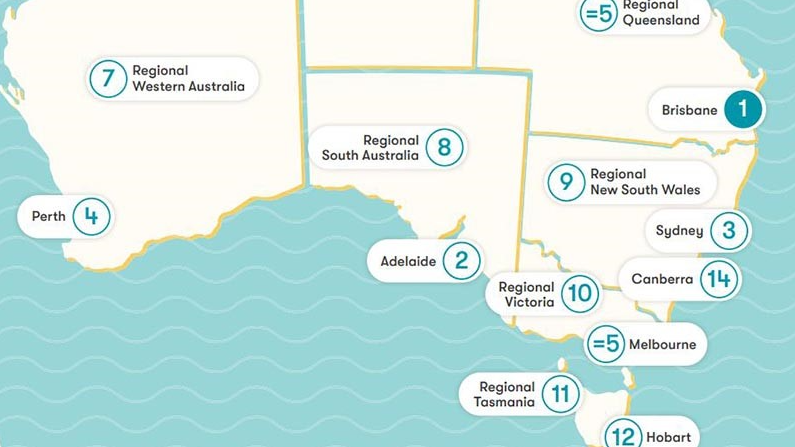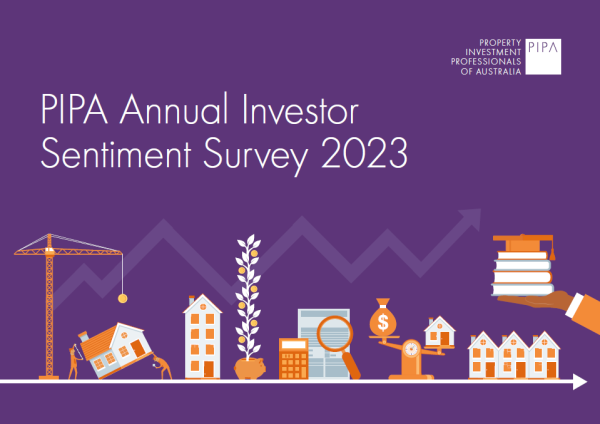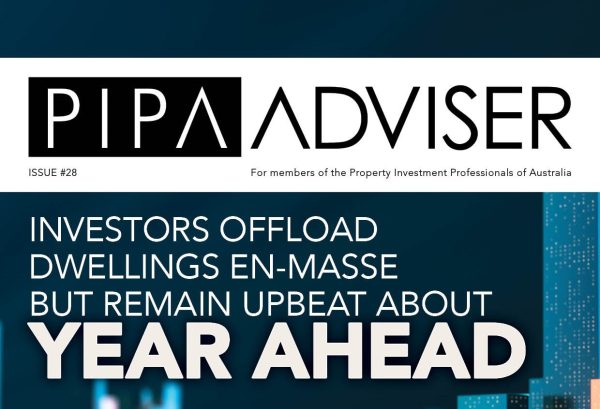Low interest rates not the key driver of price growth: PIPA
Jul 2021Karen Millers
Categories
Location ReportsMedia releasesNational market updatesPersonal advisersPIPA AdviserPIPA Annual Investor Sentiment SurveysPIPA Member ProfilesPIPA video updatesPIPA webinarsPodcastsProperty advisersProperty newsLatest Articles
‘More chance of winning lotto’ than housing targets being met
PIPA Member Profile | Amanda Turner, Opulence Property
While record-low interest rates are usually linked to strong property price growth, new analysis from the Property Investment Professionals of Australia revealed that prices are less dependent on the cash rate than commonly believed.
With the record-low cash rate coinciding with strong market conditions, many have come to believe that low interest rates are the main driver for the exceptional price growth witnessed across the country.
But, according to PIPA chairman Peter Koulizos, several other drivers exist, with many said to yield more influence on price growth than interest rates.
“While the cost of borrowing has never been cheaper, when the cash rate is exceptionally low, it means that the economy needs some extra financial stimulation, which has been the case pretty much since the GFC way back in 2008 and beyond.”
In fact, Mr Koulizos argued, the cash rate has really only been marginally lower than it was before the pandemic hit.
In February 2020, before the onset of the pandemic, that cash rate was at 0.75 per cent. Fast forward to July 2021, with most of the country already at a post-pandemic stage, the cash rate is only slightly lower at 0.1 per cent.
“Sure, sometimes prices in some locations might start to strengthen at the same time as interest rates are low, but this is usually due to a number of other economic factors being in play,” the chairman opined.
Mr Koulizos also pointed to figures from the Australian Bureau of Statistics (ABS), which revealed 11.53 per cent increase in the house price index between September 2013 to December 2014, when the cash rate was 2.5 per cent – a historic low at the time.
But when the cash rate declined to an even lower 1.5 per cent between September 2016 to September 2019, the average growth fell to 1.24 per cent.
In comparison, back in June 2002 to September 2003, when the federal government provided stimulus following the introduction of the GST, the capital cities witnessed an average of 23.73 per cent growth – during a period widely considered “an extended period of no to low growth” as a result of the recession.
Ultimately, Mr Koulizos opined, this analysis proves that “low interest rates don’t light a fire under property prices”.
He argued that, while interest rates do continue to play a role in price growth, the “unusual” strength in today’s property market are “predominantly due to extremely strong demand from buyers and a low supply of property for sale”.
As such, property prices are unlikely to fall suddenly or even stop increasing when the cash rate increases, according to Mr Koulizos.
Along with interest rates and supply and demand, the local economy, migration patterns (internal, interstate and international) and supportive lending conditions will also be important determinants of the future movements of the market, he said.
“Home buyers and investors need to understand that market conditions are determined by a number of factors, with interest rates being just one,” the chairman concluded.
Bianca Dabu, Smart Property Investment, 22 July 2021
https://www.smartpropertyinvestment.com.au/research/22942-low-interest-rates-not-the-key-driver-of-price-growth-pipa




